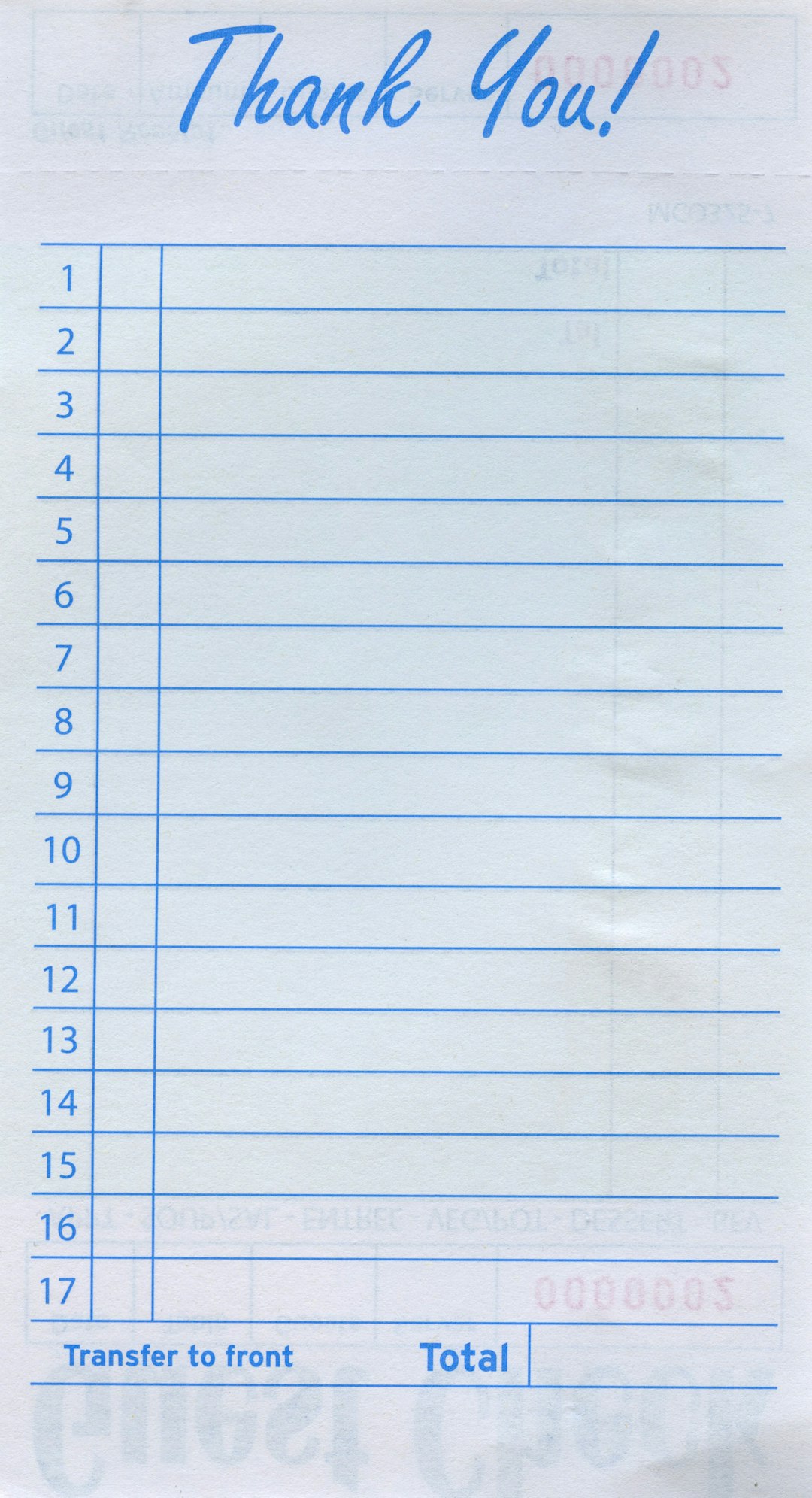The Comprehensive List of All Languages in the World
Human language is the foundation of communication, culture, and identity. With over 7 billion people on the planet, the diversity of languages is immense, reflecting history, migration, and human creativity. This article provides an informative overview of all the world's languages, their classification, major families, speaker populations, and more.
What Constitutes a Language?
A language is a structured system of communication consisting of sounds, words, and grammar shared by a particular community. Contrasted with dialects (local varieties of a language) and dead languages (no longer spoken natively), living languages are currently in active use.
Estimating the Number of Languages
According to Ethnologue, a leading authority on world languages, there are 7,168 living languages as of 2023. UNESCO and other linguistic organizations provide similar estimates.
Language vs. Dialect
The distinction between languages and dialects can be political and social as much as linguistic. For example, Mandarin and Cantonese are mutually unintelligible but are considered dialects of Chinese; Hindi and Urdu are mutually intelligible but are considered separate languages.
Major Language Families
Most of the world's languages can be grouped into a few major families, each consisting of related languages with a common ancestral language.
Table 1: World’s Largest Language Families (by Number of Languages)
| Family | Number of Languages | Estimated Speakers (millions) | Examples |
|---|---|---|---|
| Niger-Congo | ~1,500 | 700+ | Swahili, Yoruba |
| Austronesian | ~1,200 | 350+ | Tagalog, Javanese |
| Trans–New Guinea | ~450 | 7+ | Enga, Melpa |
| Sino-Tibetan | ~450 | 1,500+ | Mandarin, Burmese |
| Indo-European | ~445 | 3,000+ | English, Hindi |
| Afro-Asiatic | ~370 | 495+ | Arabic, Amharic |
| Austroasiatic | ~160 | 117+ | Vietnamese, Khmer |
| Turkic | ~40 | 170+ | Turkish, Uzbek |
Most Spoken Languages
Table 2: Top 10 Most Spoken Languages (by native speakers)
| Rank | Language | Native Speakers (millions) |
|---|---|---|
| 1 | Mandarin Chinese | 950 |
| 2 | Spanish | 485 |
| 3 | English | 380 |
| 4 | Hindi | 345 |
| 5 | Bengali | 230 |
| 6 | Portuguese | 230 |
| 7 | Russian | 154 |
| 8 | Japanese | 126 |
| 9 | Western Punjabi | 95 |
| 10 | Marathi | 93 |
Comprehensive List of World Languages
Listing all 7,000+ languages is beyond the scope of an article; however, they are catalogued in resources such as:
Below are examples from key regions:
Africa
| Language | Country/Region | Family |
|---|---|---|
| Swahili | East Africa | Niger-Congo |
| Hausa | Nigeria, Niger | Afro-Asiatic |
| Xhosa | South Africa | Niger-Congo |
Asia
| Language | Country/Region | Family |
|---|---|---|
| Mandarin | China, Taiwan | Sino-Tibetan |
| Hindi | India, Nepal | Indo-European |
| Thai | Thailand | Tai-Kadai |
| Tagalog | Philippines | Austronesian |
Europe
| Language | Country | Family |
|---|---|---|
| English | UK, Ireland, USA | Indo-European |
| Russian | Russia, Belarus | Indo-European |
| Finnish | Finland | Uralic |
| Basque | Spain, France | Language isolate |
The Americas
| Language | Country/Region | Family |
|---|---|---|
| Quechua | Peru, Bolivia | Quechuan |
| Guarani | Paraguay | Tupian |
| Nahuatl | Mexico | Uto-Aztecan |
| Cherokee | USA | Iroquoian |
Oceania
| Language | Country/Region | Family |
|---|---|---|
| Tok Pisin | Papua New Guinea | Creole |
| Fijian | Fiji | Austronesian |
| Māori | New Zealand | Austronesian |
Endangered and Extinct Languages
UNESCO classifies endangered languages as those at risk of falling out of use, typically as speakers shift to dominant languages. It’s estimated that over 40% of languages may disappear in the next century.
Extinct languages include Latin (as a spoken language), Sumerian, and many indigenous languages, particularly in the Americas and Australia.
Constructed Languages
These are languages created by individuals or groups for various purposes, including artificial languages (Esperanto, Klingon, Dothraki), programming languages, and languages designed for experimentation in linguistics.
Table 3: Notable Constructed Languages
| Language | Creator | Purpose |
|---|---|---|
| Esperanto | L.L. Zamenhof | International auxiliary |
| Klingon | Marc Okrand | Fiction (Star Trek) |
| Lojban | Logical Language Group | Linguistic experimentation |
| Dothraki | David J. Peterson | Fiction (Game of Thrones) |
Modern Tools for Language Research
- Ethnologue Online Database
- Glottolog Linguistic Database
- LINGUIST List
- UNESCO Atlas of the World’s Languages in Danger
Conclusion
Languages form the tapestry of humanity’s heritage. Whether spoken by billions or a handful of elders, every language embodies unique worldviews. The effort to document, preserve, and revitalize endangered languages remains crucial as we advance in an increasingly globalized world.
References
- Ethnologue. (2023). Languages of the World. Retrieved from https://www.ethnologue.com/
- ISO 639-3 Registration Authority. (2023). Code Table. Retrieved from https://iso639-3.sil.org/
- Glottolog. (2023). Comprehensive Reference Information. Retrieved from https://glottolog.org/
- UNESCO. (2022). Atlas of the World’s Languages in Danger.
See Also
- List of languages by number of speakers
- List of extinct languages
- Endangered languages
- Constructed languages
For a full list, consult Ethnologue’s language catalogue or the ISO 639-3 international standard.

Comments
No comments yet. Be the first to comment!